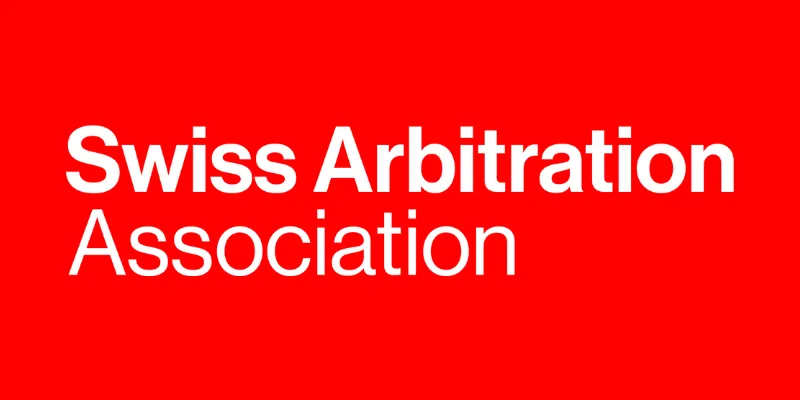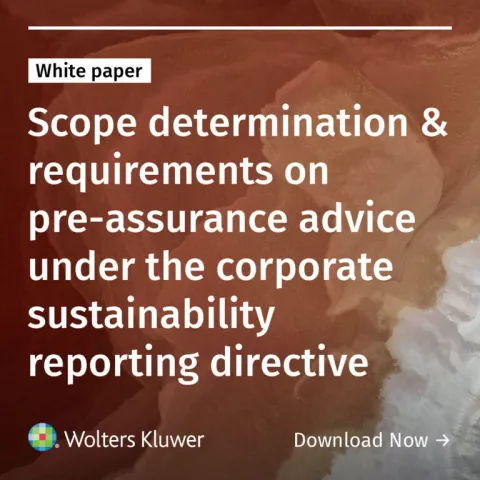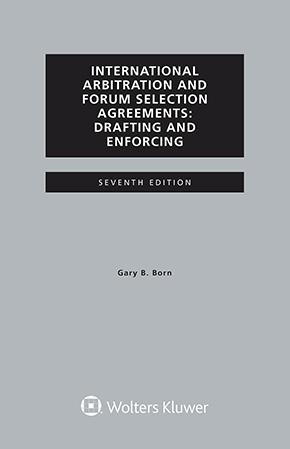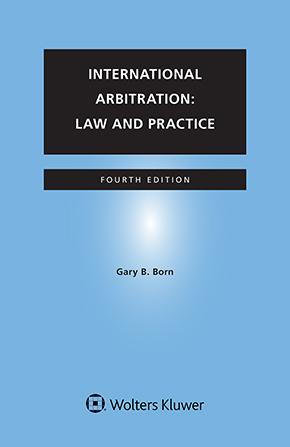The Contents of the ASA Bulletin, Volume 43, Issue 1 (March 2025)
August 23, 2025
In his message, Get Off That Slippery Slope, Before It’s Too Late, Please!, ASA President Felix DASSER criticises the opinion delivered by the Advocate General in the Royal Football Club Seraing v FIFA et al case (see here) and denounces her disregard for the rule of law and her attacks on arbitration.
Articles
The COVID-19 pandemic reignited criticism towards the investment treaty arbitration system and its potential effects on States’ regulatory autonomy. Samantha REGENTHAL examines the dynamics between States’ right to regulate and investor protection standards in investment treaties in cases relevant to the access to medicine, including by analysing investment treaties signed between 1 January 2022 and 31 December 2023 and new model investment treaties. She concludes that, while investment treaty arbitration involving pharmaceutical investors is still relatively uncommon, this may change following increased pressure on health systems and the global challenges relating to the access to medicine. (Samantha REGENTHAL, Investment Treaty Arbitration and Access to Medicines.)
Bernard HANOTIAU presents the main innovations of the seventh edition of the SIAC Arbitration Rules, which came into force on 1st January 2025. The new Rules build on the success of previous versions while incorporating new innovations following an extensive consultation process spanning several years. The SIAC Rules 2025 reflect SIAC’s broad case management experience and aim to increase efficiency, transparency and lower arbitration costs whilst ensuring fairness and enhancing the enforceability of arbitration awards. (Bernard HANOTIAU, The New SIAC Arbitration Rules 2025: Modernity, Efficiency, Transparency.)
There is no shortage of books about the art of advocacy in international arbitration. Pick any one from the library shelf, and you are likely to learn a great deal about good advocacy. In real life, however, it is bad advocacy that often rules the day. Time and again, tribunals encounter the infamous “Bad Advocate,” a master at flouting all the best practices of the trade. Mika SAVOLA examines how the Bad Advocate manages to ruin a perfectly good case through missteps and blunders at every stage of the arbitral proceedings. Covering ten broad topics – from tribunal constitution to closing arguments – he exposes common advocacy pitfalls that leave arbitrators exasperated and all but ensure inevitable defeat. (Mika SAVOLA, Ten Fail-Safe Ways to Irritate, Alienate and Antagonize Your Arbitral Tribunal.)
Olivier CAPRASSE, Amandine MUNIKEN and François PHILIPPART DE FOY take a closer look at procedural orders in commercial arbitration and, drawing from arbitral practice, analyse their distinctive features, in particular what distinguishes them from awards and their legal framework, including the rules governing their effects, form, reasoning, deliberation and scrutiny. (Olivier CAPRASSE, Amandine MUNIKEN, François PHILIPPART DE FOY, Procedural Orders in Commercial Arbitrations.)
For many decades arbitration has traditionally been regarded as the preferred method of resolving disputes involving international joint ventures. Dmitry A. PENTSOV identifies three emerging trends in such disputes: (i) the growing relevance of intangible assets as a subject-matter of arbitration proceedings; (ii) the increasing complexity of internal governance disputes; and (iii) the increasing reliance of parties on sustainable development issues. He assesses the possible impact of these trends on the continued attractiveness of arbitration in this field. (Dmitry A. PENTSOV, Emerging Trends In Arbitration Involving International Joint Ventures.)
Alberto DALGALARRANDO HARITÇALDE, Ricardo IHLE ARIAS and Dominga MARTÍNEZ FONES analyse three key principles in international commercial arbitration under Chile’s Law No. 19.971 (ICAL): the Kompetenz-Kompetenz principle, the minimal intervention of local courts, party autonomy and how these principles have been applied in Chilean jurisprudence in the two decades since the enactment of the ICAL. They explain how Chilean courts have balanced these principles with international standards, positioning Chile as a pro-arbitration jurisdiction. (Alberto DALGALARRANDO HARITÇALDE, Ricardo IHLE ARIAS, Dominga MARTÍNEZ FONES, 20 Years of Chile’s International Arbitration Law: Much Sweeter Than Sour.)
Nima NASROLLAHI SHAHRI and Leyla EBRAHIMI report on the Supreme Court of Iran’s landmark decision on Article 139 of the Iranian Constitution, issued on 27 May 2024. This decision clarified the application of constitutional requirements for arbitration involving public and state-owned assets, resolving long-standing ambiguities about the timing and scope of governmental approvals. The authors explore the case background, the Court’s rationale, and the broader legal and economic implications, offering a comprehensive analysis of the judgment’s impact on Iran’s arbitration landscape. (Nima NASROLLAHI SHAHRI, Leyla EBRAHIMI, Landmark Judgement by the Iranian Supreme Court; A Fresh Interpretation of Article 139 of Iran Constitution.)
Foreign Case Law: Iran
- First Branch of the Supreme Court of Iran, Decision on Article 139 of the Iranian Constitution of 27 May 2024 [Request for retrial under Article 477 of the Criminal Procedure Code regarding judgment number 1399/10/6-1941 issued by Branch 28 of the Tehran Court of Appeal]
Swiss Federal Supreme Court Decisions
- 4A_372/2023, Arrêt du 5 septembre 2024 [Award unenforceable (public policy) – Corruption – Set-off not possible]
- 4A_466/2023, Arrêt du 6 février 2025 [Investment treaty –
Jurisdiction – Investor – Dual national not an investor under the Spain-Venezuela BIT] - 4A_600/2023, Arrêt du 2 septembre 2024 [No absolute right to cross-examine adverse witness]
- 4A_628/2023, Urteil vom 14. Februar 2024 [No stay of arbitration/postponement of hearing despite illness of a party’s president – Arbitrary cost decision]
- 4A_86/2023, Arrêt du 20 février 2024 [Whether state court has jurisdiction to decide a set-off claim raised by defendant regardless of it being subject to an arbitration clause]
- 4A_216/2023, Arrêt du 13 novembre 2023 [Failure to prove the content of the (allegedly) applicable law]
- 4A_343/2023, Arrêt du 13 décembre 2023 [Alleged failure to consider relevant evidence]
- 4A_349/2023, Arrêt du 13 décembre 2023 [Deadline for issuing
award – Expiry of arbitrators’ mission – Arbitrators’ hourly rates (CHF 505) not excessive] - 4A_41/2023 (149 III 338), Urteil vom 12. Mai 2023 [Rabbinical arbitral tribunal – Annulment of unreasoned award de facto excluded]
- 4A_305/2023, Urteil vom 28. Juni 2023 [Request to set aside mere communication of a Rabbinical arbitral tribunal]
- 4A_603/2023 (150 III 238), Urteil vom 25. März 2024 [Annulment of interpretative award rendered by a Rabbinical arbitral tribunal – Violation of right to be heard]
You may also like











